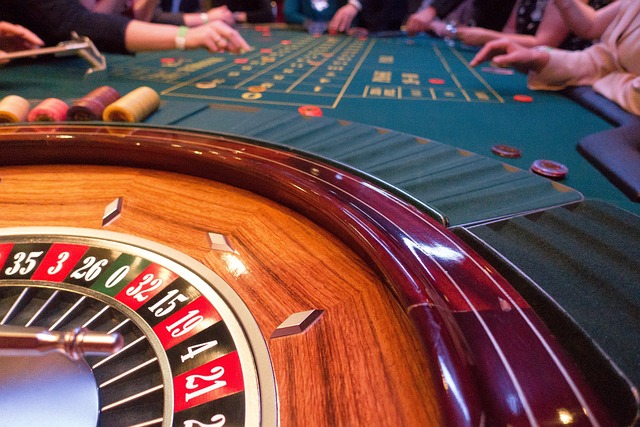Exploring the Cultural Significance of Tableau in Fine Arts
The tableau, a term derived from the French word for picture” or “scene,” has long held a treasured place within the realm of fine arts. It serves not just as an artistic representation, but as a profound medium for cultural expression and storytelling. Through vibrant colors, meticulous strokes, and deliberate arrangements, artists convey emotions and narratives that resonate deeply with viewers.
In the context of painting, tableaus encapsulate dynamic scenes, often featuring human figures entwined in their surroundings. Each tableau tells a story, offering a glimpse into the customs, beliefs, and struggles of the time it represents. This interplay between art and culture creates a rich tapestry of interpretation that allows viewers to engage with history in a very personal way. While observing a tableau, one may find themselves transported to a different era, experiencing the vibrancy and complexities of a culture long past.
Fine arts foster a unique connection between the artist and the audience, and the tableau emerges as a poignant bridge in this relationship. Artists use composition to direct our gaze and influence our emotions. The way figures are arranged, the choice of colors, and the overall ambiance of the tableau can evoke joy, sorrow, contemplation, or nostalgia. These elements create a dialogue between the artwork and the beholder, inviting us to pause, reflect, and immerse ourselves in the narrative being presented.
Moreover, the cultural significance of tableaux extends beyond their aesthetic appeal. They encapsulate the values and narratives of various societies, serving as a mirror to the beliefs and traditions that define them. From religious scenes to everyday life, these artistic snapshots provide insight into social dynamics and human experiences. As viewers, we are not merely looking at a painting; we are participating in a cultural discourse that spans generations.
As we delve further into the realm of tableaus, we begin to recognize their evolving nature. Contemporary artists reinterpret traditional concepts, infusing modern themes and techniques into their works. This transformation reflects the dynamic nature of culture itself, showcasing how history and modernity coexist and influence one another. Each new tableau contributes to an ongoing conversation about identity, community, and the universal human experience.
In appreciating the cultural significance of tableaux within fine arts, we gain a deeper understanding of the world around us. These works challenge us to explore our assumptions, appreciate diversity, and recognize the profound connections that bind humanity across time and space. As we engage with these visual narratives, we not only learn about the past but also reflect on our own identities and aspirations.




